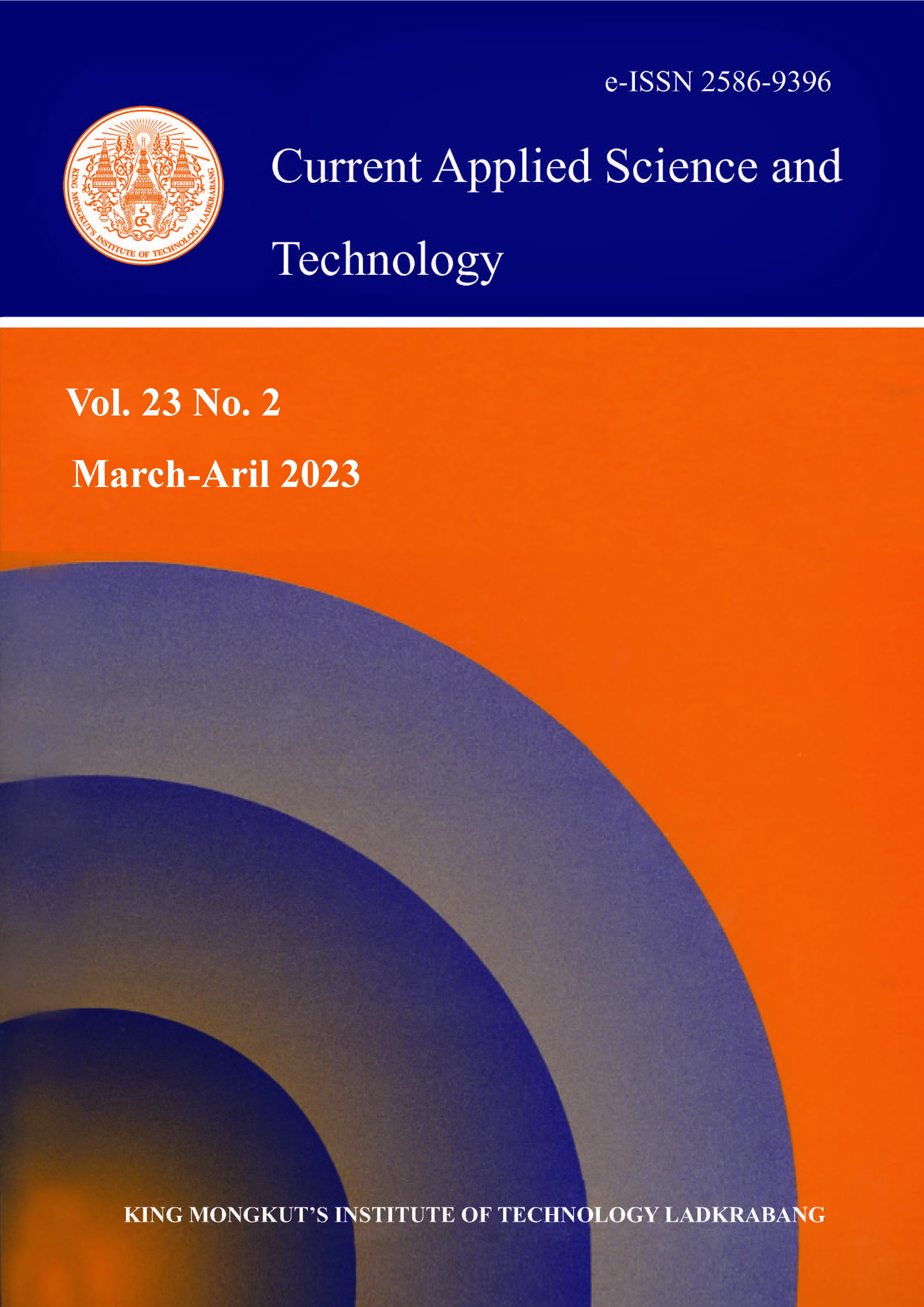Anonymous polls nowadays rely solely on centralization, which means that respondents should trust the owner's company not to share responses or look through all the submitted answers. However, there is a concept of randomized response which trades the need for trust with some error. In this paper, the classical forced randomized response protocol is extended by using an arbitrary random variable. We try to optimize the tradeoff between accuracy and privacy of the polling. The Gaussian random variable is chosen to perform simulations of our method. For the best model, the poll maker has to choose the parameters that maximize a utility function, which has to be defined due to the priority between privacy and accuracy. If the poll maker prioritizes voters’ privacy, our simulation shows that the best Gaussian random variable model, in this case, will be the model with = 0.9 and
= 0.2. On the other hand, if the poll maker prioritizes accuracy, the best model for our experiment will be the one with
= 0.9 and
= 1.
Keywords: anonymity; privacy preserving; randomized response; sampling method
*Corresponding author: Tel.: (+66) 33013888 Fax: (+66) 33013889
E-mail: pat.v@kvis.ac.th
Sungkawichai, T. ., Thongsata, P. ., Paka, T. ., Laoharenoo, A. ., & Vatiwutipong*, P. . (2022). Forced Randomized Response Protocol Using Arbitrary Random Variable. CURRENT APPLIED SCIENCE AND TECHNOLOGY, DOI: 10.55003/cast.2022.02.23.015 (10 pages). https://doi.org/10.55003/cast.2022.02.23.015


https://cast.kmitl.ac.th/doi/10.55003/cast.2022.02.23.015